This well - tested ladies' tramping backpack, designed to handle loads up to 25kg, has been upgraded in its new version. The reengineered V2 carrying system for women is now lighter, thanks to advanced materials. The 3D hip strap is perfectly contoured to fit the female body. Key features include a V2 carrying system tailored for women, a removable divider between the main and base compartments, and provisions for attaching walking poles or an ice axe. The shoulder straps are padded and designed according to the female form. There are load control straps, a height - adjustable chest belt, and a reverse - pull hip belt for easy adjustment. Compression straps on the sides and over the sleeping bag compartment help to secure your gear. Front and back grab handles make it easy to lift. It comes with a robust No.10 zipper and lockable slider. The 3D zipped front opening of the main compartment provides easy access. The height - adjustable lid has gear loops, and the lid compartment has a key holder. Side pockets are made of elastic, expandable material, and there's a large zipped front pocket. A rain cover is included, and it's compatible with a hydration system. There's also a First Aid compartment (contents not included). Specifications: Carrying System: V2 - System Women, Volume: 60 litres + 10 litres, Weight: 2.4kg, Dimensions: 74 x 30 x 24cm, Material: Textreme 6.6 / T - Rain Rip / T - Snow Crust / Cordura® 500 DEN.
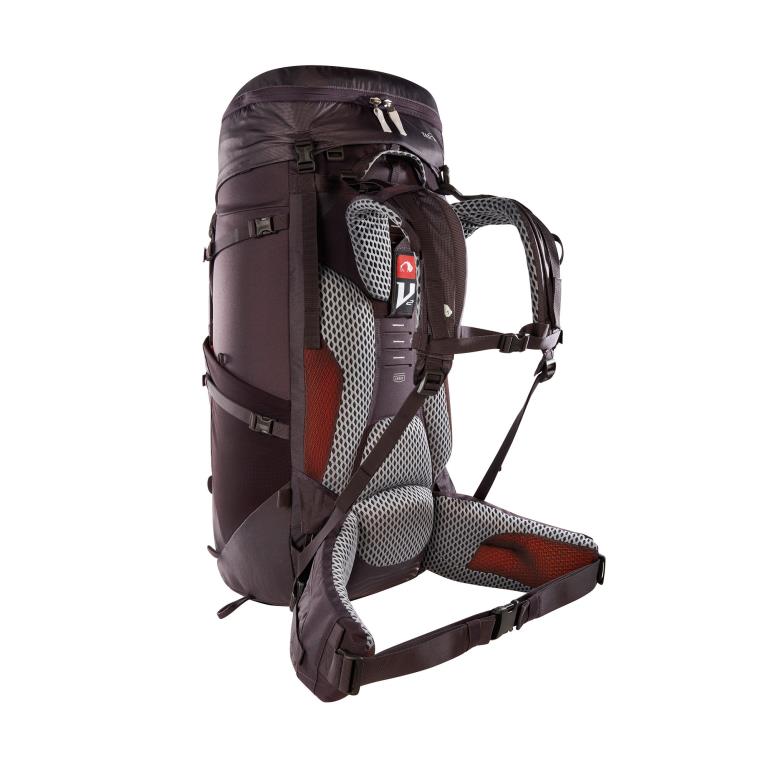
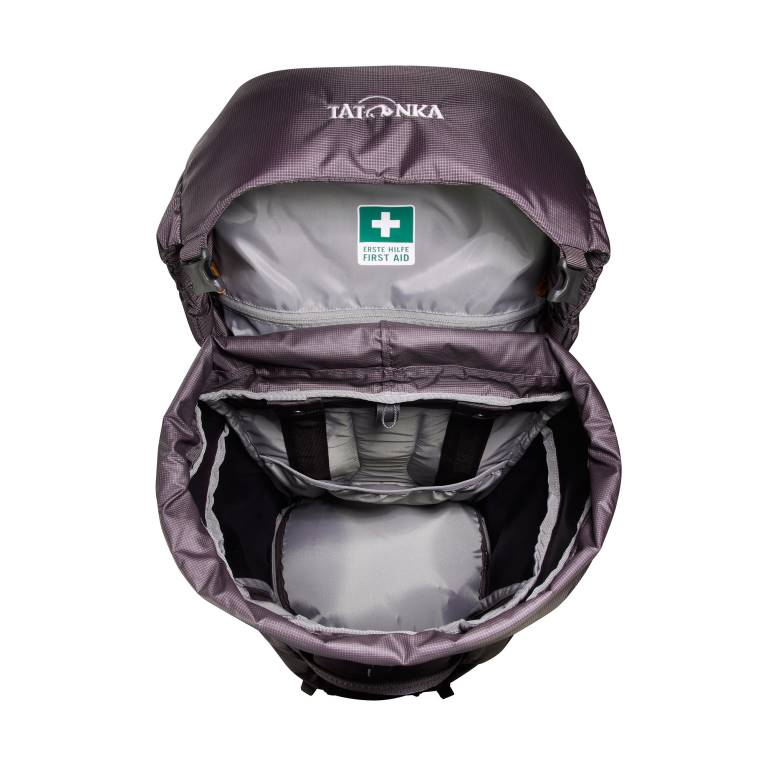
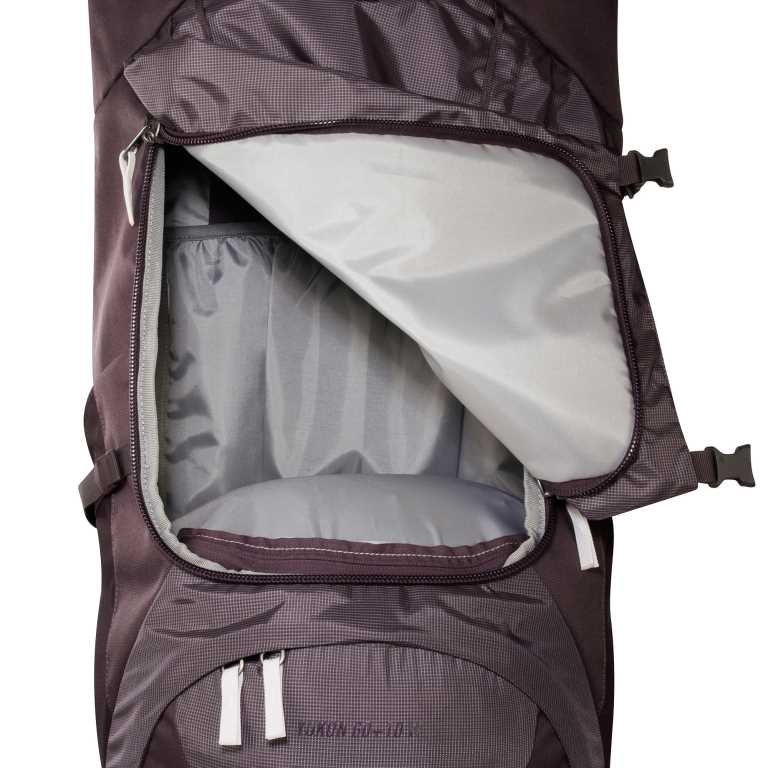
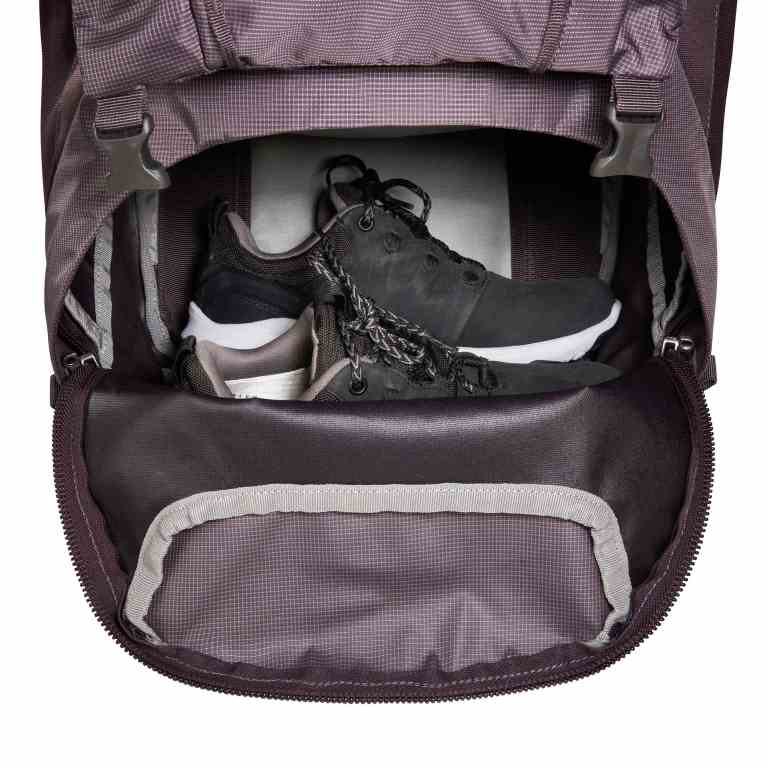
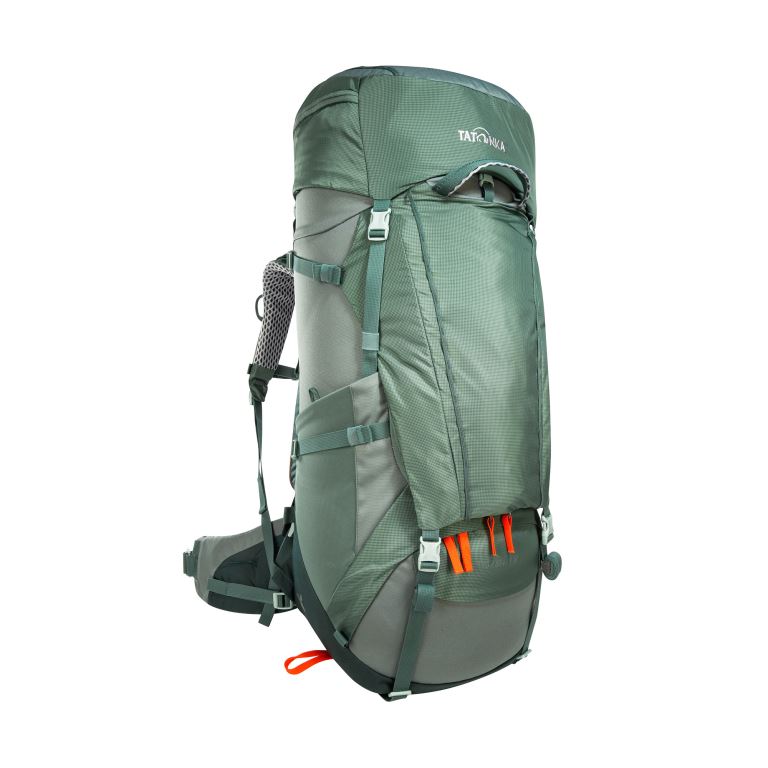
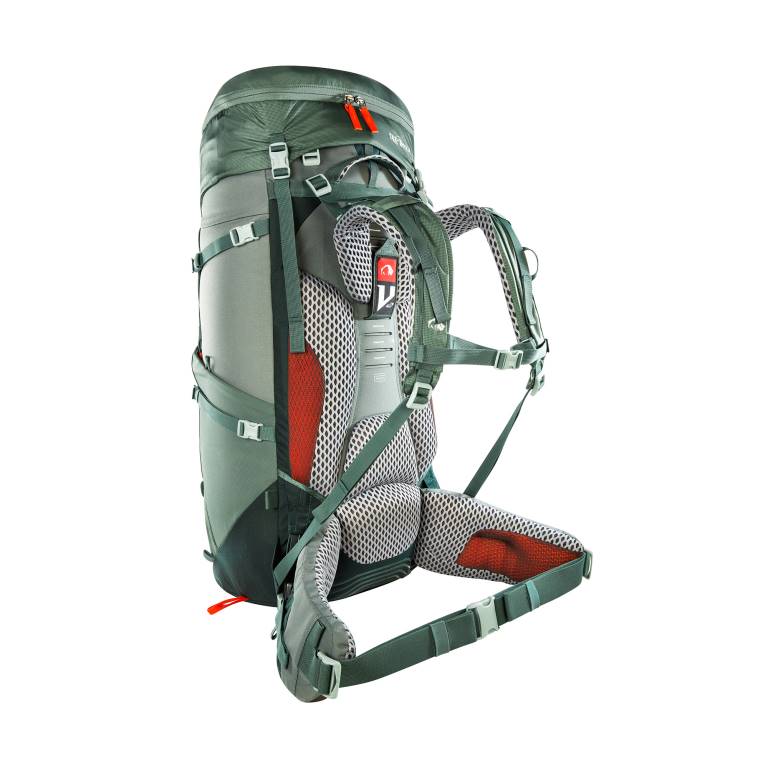
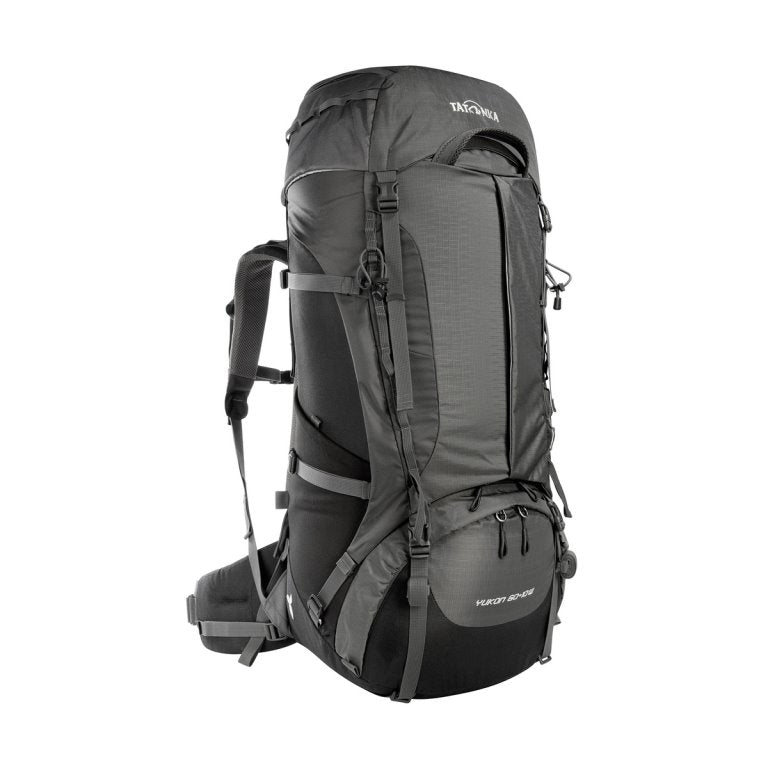
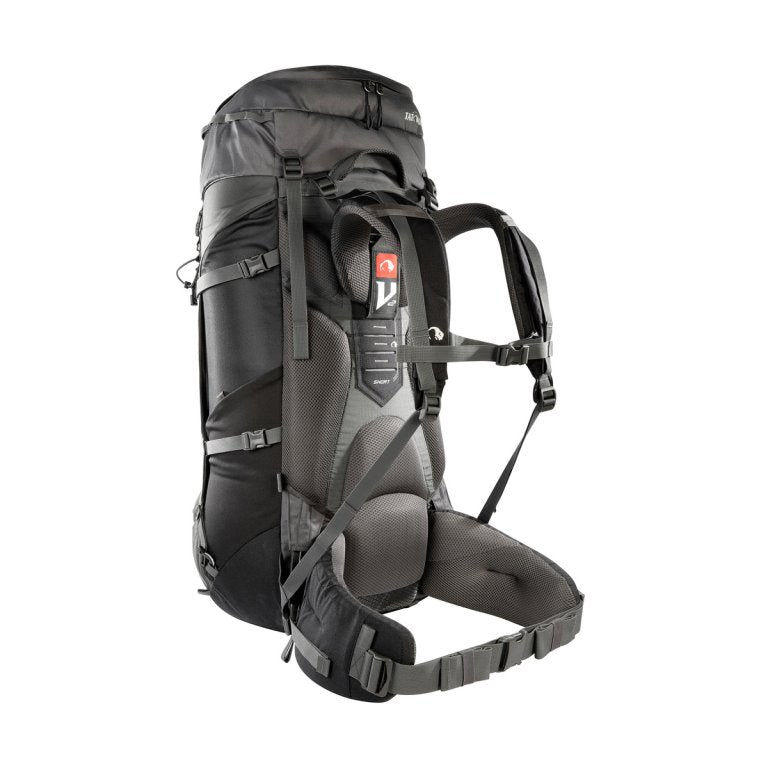
Using your Tatonka Women's 60+10L Yukon Tramping Backpack is a breeze. First, adjust the height - adjustable chest belt and reverse - pull hip belt to fit your body properly. This will distribute the weight evenly and make your hike more comfortable. You can use the load control straps to keep your gear in place. If you're using walking poles or an ice axe, attach them to the fixation points. When packing, use the removable divider to separate your main and base compartment items. The large zipped front pocket and side pockets are great for quick - access items. Remember to use the compression straps on the sides and over the sleeping bag compartment to reduce the bulk and keep your gear secure. The rain cover should be used when it's wet outside to keep your belongings dry. As for maintenance, after each use, empty the backpack and let it air dry. Wipe it down with a damp cloth if it gets dirty. Avoid using harsh chemicals. If there's any damage to the zippers or straps, get them repaired as soon as possible to ensure the backpack's longevity.